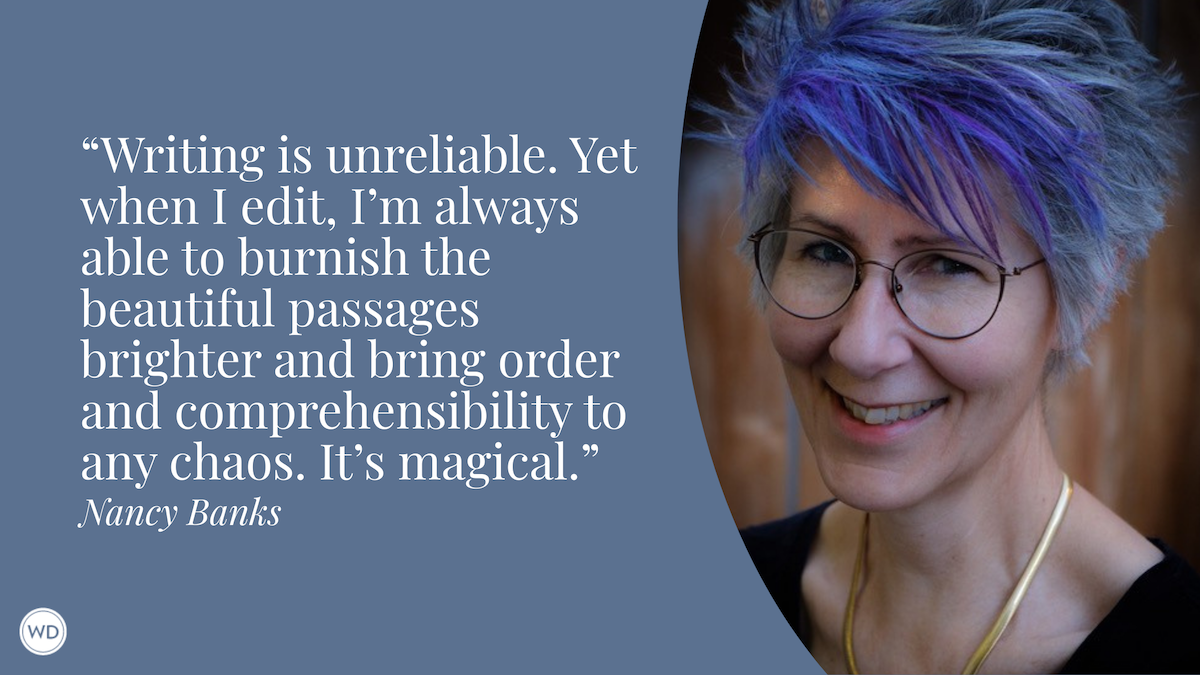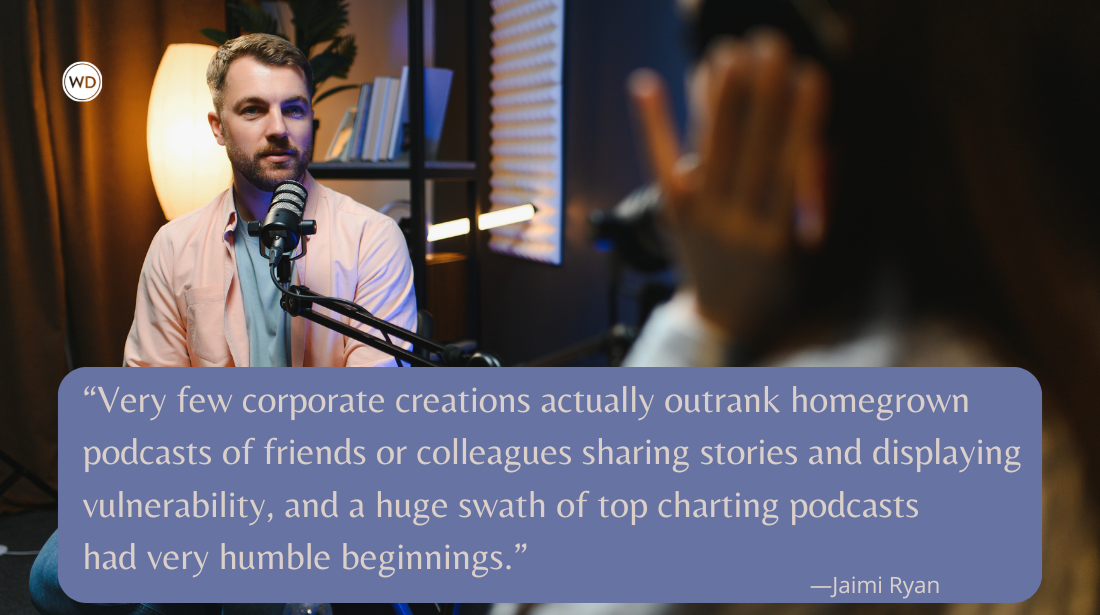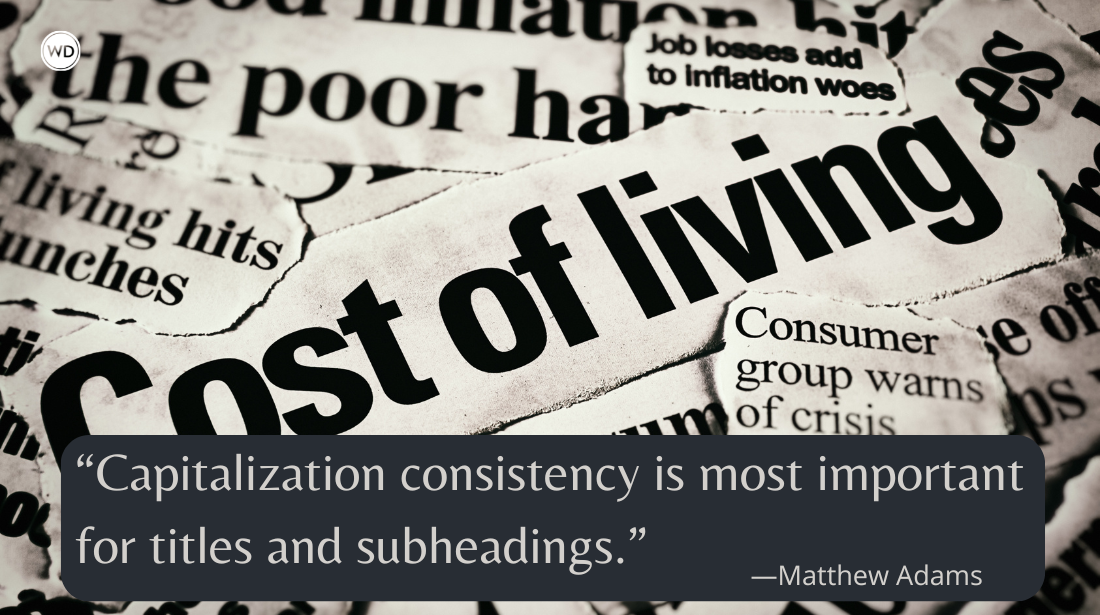8 Freelancing Writing Tips for Regional Publications
In this article from our April 2020 issue, Kristy Stevenson offers 8 tips for building your freelance writing portfolio by getting local and regional gigs.
If you’re looking to break into the freelance writing arena but are unsure of where to start, consider pitching to publications found in your own community. Whether you are a beginning freelancer or interested in branching out from your day job, regional publications offer opportunities to get your foot in the door, build confidence, gather reputable contacts, and create solid portfolio clips you can use to build a platform toward work with other magazines.
Most states and large municipalities are served by magazines covering everything from lifestyle and fashion to parenting, healthcare, music, travel, and foodie articles. This means there is an ongoing editorial need for stories in a writer’s own backyard, and local editors are often receptive to freelance ideas. Regional markets are generally less competitive, and they open the door to covering story ideas where you live, with ideas and sources you may already have at your fingertips.
Some publishers distribute multiple magazines within the same region. Once you write for them and build a good rapport, you may find it easier to also break into their sister publications. When I took the leap to become an independent freelance writer, I sent many query letters to regional editors and was lucky enough to be selected as part of a pool of talent employed by a suite of bimonthly magazines. We met for editorial meetings and were guaranteed assignments in each issue. It was a regular paycheck, albeit bimonthly.
But one of the loveliest parts of being a freelance writer is that you often have the flexibility to query other markets. So, if a good story crossed my desk that perhaps wasn’t a fit for my regular roster, my freelance status allowed me to pitch it to any other publication. And juggling multiple assignments—and multiple sources of income—is a good problem to have.
Here are eight of the best tips I’ve learned for breaking into the regional publishing realm.
1. Know your market.
As with anywhere you query, become familiar with the publications you want to write for. Regional publications can range from guides/booklets, to brochures, to magazines. You can find current and back issues on newsstands or in your local library. Or, collect samples of the magazines found on the free racks in front of your favorite restaurant or grocer—these magazines need writers. Some offer payment, some do not, so do your research. You can also Google the “name of the city + magazine” to see if a publication exists. Try the same technique with states, as you may uncover a publication just over the border in a nearby town. Reading a few issues of a publication thoroughly before querying helps you become familiar with the magazine’s style as well as what they’ve recently covered so you can avoid pitching duplicate ideas.
2. Learn to write solid query letters.
Although you may be passionate about a subject, you should never write an article and just send it in. You don’t yet know enough about the publication’s needs, deadlines, and stories an editor may already be working on with another writer. Instead, query the magazine with a unique pitch to receive an assignment with a contract. Query letter writing is a skill that will serve you well, so take the time to learn it right by taking a class or reviewing letters online that worked well, and practice often.
3. Know your editor.
Check magazine mastheads and send queries directly to the appropriate editor. This helps get your message in front of the right set of eyes versus having it delivered to a generic mailbox or slush pile. If the magazine posts submission guidelines, follow them! Editors appreciate freelancers who know what they’re doing, can provide on-time error-free copy, and who will work to make changes on the fly when necessary. The most important thing an editor can learn from your query is that you understand their publication’s style, voice, and audience.
4. Know your timeframe.
Lead time refers to the amount of time a magazine needs in the production process to go from a writer’s pitched idea to the published version. Print publications require more leeway than online markets; you should probably be pitching summer story ideas around February, for example. Ideas are commonly rejected because the pitch arrives too late for a print magazine to use. Take a look at magazine media kits to learn more about deadlines, themes, and the possibility of special upcoming issues.
5. Be a fit for the magazine.
Find the intersection between what you love and a magazine’s main topics or sections. In other words, specialize in a subject area that’s being covered by the publications you’re targeting, and become the go-to source for content in a particular niche. Competing magazines can also be great sources to skim for ideas on trends your target publication might be missing.
6. Break in by section/industry.
Refer to the front of a magazine where shorts (half-page to single-page pieces that start around 300–500 words) are located, because they can be easier to break into. Editors are more likely to give a new writer a smaller assignment to make sure they can deliver before assigning a longer piece. Once they have worked with you and see what you can produce, larger feature opportunities may become available. You might also consider pitching to trade (targeting readers who work in a single industry) or corporate publications (retail, government/facilities, healthcare). You won’t find them on newsstands, but they can pay well and don’t get many queries, making your odds good.
Many trade magazines are subscription-based or have a controlled circulation determined by the number of qualified leads. Check your local library or used book store for back issues.
Corporate pieces can often be found in your mailbox. You know those local hospital, utility, real estate, or city brochures you might pass over as junk mail? They need writers too. Check their mastheads for contact information and begin crafting the perfect pitch.
7. Find a unique hook.
Look for out-of-the-box ideas, or try to get the jump on stories before they’re widely known. Your perspective on your city is valid and unique, so use your networking skills to become a regional storyteller for the local publications you’re targeting. If your story has a broad or national appeal, remember to find a way to make it locally relevant.
8. Get social.
Follow publications on all of their social media platforms and engage. Check online calendars and go to events that the publications attend or host, and take the time to introduce yourself. If an editor is active on Twitter, for instance, monitor their conversations and compose a quick tweet about a story they’ve done or perhaps an idea you have. This may be the right approach for some, whereas others may respond better to a face-to-face conversation. Once you’ve established some context, connect with individuals on a platform like LinkedIn to reinforce recognition.
After you’ve got the ball rolling, keep pitching new story ideas to editors you’ve already worked with. As they get to know you and the type of stories you submit, they may reach out and ask you to accept assignments. Imagine having writing jobs coming directly to you!
Kristy Stevenson (KristyStevenson.com) is an independent contributing writer, editor, and storyteller. A native Cheesehead, she’s a southern transplant currently residing in central N.C. with her husband and kids.









